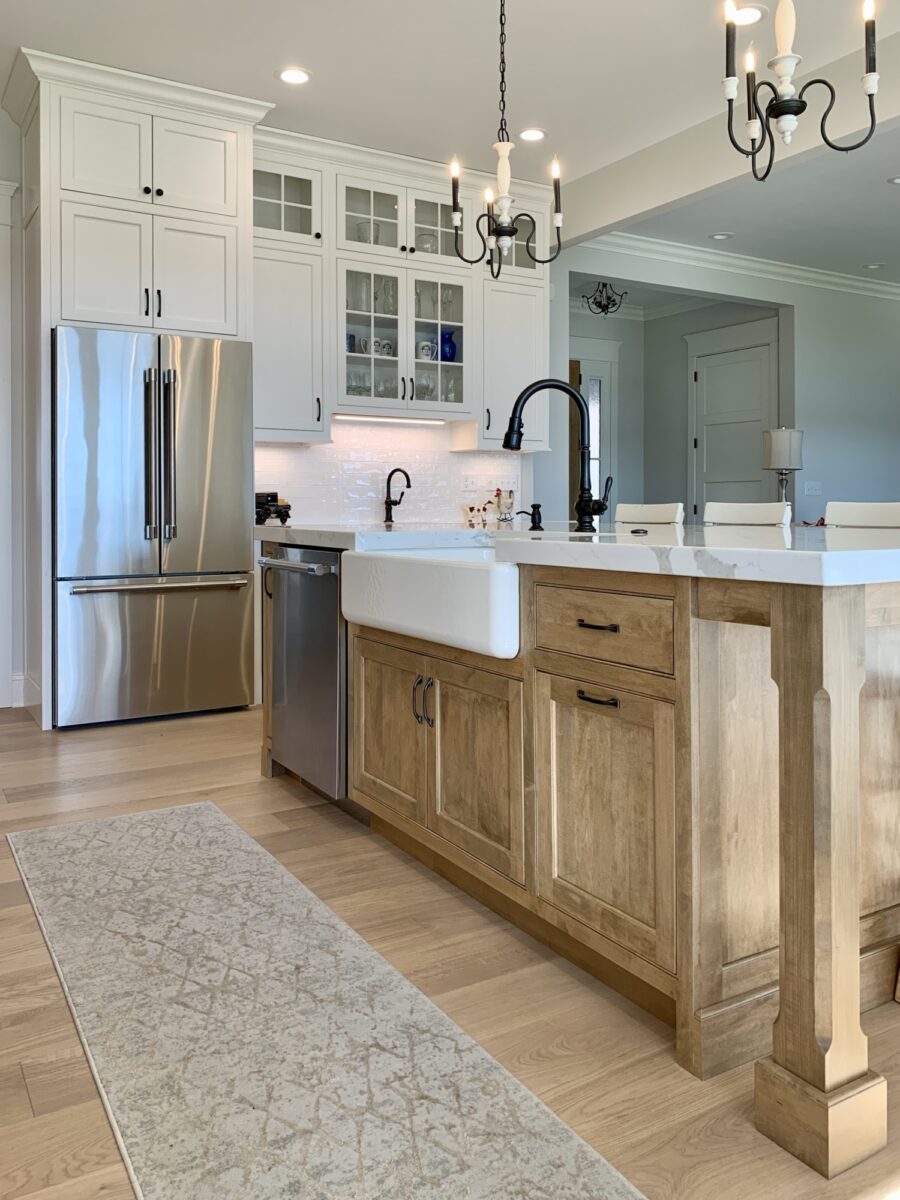Find Sturdy and Attractive Legs For Kitchen Island Changes
Necessary Aspects to Take Into Consideration When Choosing Legs For Cooking Area Island
Choosing the suitable legs for a kitchen area island entails a careful assessment of numerous factors that can dramatically affect both performance and visual charm. Among these, the choice of material plays a pivotal duty in ensuring longevity, while the design must complement the existing decoration. Moreover, factors to consider such as elevation and weight support are necessary for security and comfort. As we discover these elements, it becomes clear that each choice can have significant implications for the general kitchen area experience. What nuances should be thought about in each of these classifications to attain the ideal equilibrium?
Product Options
When selecting legs for a kitchen island, comprehending the different material alternatives is vital for accomplishing both aesthetic charm and architectural stability (Legs For Kitchen Island). The choice of material significantly influences not just the toughness of the island yet also its overall style and functionality
Steel legs, often made from stainless steel or functioned iron, add a commercial and contemporary feeling while guaranteeing sturdiness and security. These products are immune to wear and can sustain considerable weight, making them perfect for larger islands.
Another option is crafted materials, like MDF or plywood, which can be much more affordable while still supplying a series of finishes. However, they may not provide the exact same degree of security as solid timber or steel. Last but not least, products such as acrylic or glass can create a modern look, though they might call for added support to ensure security.
Inevitably, the selection of material for kitchen island legs ought to straighten with the wanted functionality and the total motif of the kitchen.
Style and Style

When considering style, the shape and finish of the legs are vital. Conical legs can supply a feeling of lightness and beauty, while thicker, more durable legs can share toughness and security. In addition, the coating-- be it repainted, stained, or natural-- must complement the cabinets and counter top products to create a unified appearance.
Moreover, the style of the legs can likewise reflect individual taste. Custom or attractive legs, such as those featuring intricate carvings or unique geometric shapes, can serve as prime focus, including personality and individuality to the cooking area. Inevitably, the right choice will not only boost functionality yet likewise boost the visual allure, making the cooking area island a standout attribute of the home.
Height Considerations
Choosing the suitable elevation for kitchen island legs is important, as it straight influences both functionality and convenience. The standard height for a cooking area island typically ranges from 36 to 42 inches, lining up with usual countertop heights.

It is likewise necessary to account for customers' heights and choices. Personalizing the elevation can make sure a comfortable experience for all member of the family, making the cooking area island a much more enjoyable and practical space.
Weight Assistance
Ensuring ample weight support for kitchen area island legs is crucial for both safety and functionality. The cooking area island commonly serves several objectives, including cooking, dining, and additional storage space, necessitating a durable assistance structure. When choosing legs, it is crucial to think about the total weight capacity needed based upon the island's intended usage and the products that will be put on it.
The selection of product for the legs website link plays a significant function in their weight-bearing capacities. Solid wood, steel, and sturdy composites typically supply premium strength compared to lighter materials. Furthermore, the layout of the legs-- whether they are straight, tapered, or have a pedestal form-- can influence their capability to disperse weight properly throughout the structure.
Always consult the manufacturer's specifications regarding lots restrictions to make sure that the legs can maintain the intended weight without jeopardizing safety and security. In recap, selecting kitchen island legs with adequate weight assistance is crucial for developing a functional and risk-free culinary room.
Installation and Maintenance
Correct setup and upkeep of kitchen island legs are essential for guaranteeing long life and stability. This usually involves securing the legs to the island base utilizing appropriate fasteners, making certain that the legs are level and straightened.
Once set up, normal maintenance is required to maintain the integrity and look of the legs - Legs For Kitchen Island. For wood legs, periodic cleansing with a wet cloth and application of appropriate timber gloss can avoid wetness damages and keep their finish. Steel legs may need my company a gentle cleaning option to get rid of grease and gunk, complied with by a completely dry towel to avoid corrosion development
Additionally, inspect the legs frequently for indications of wear or damages, such as fractures or loosened joints. Tightening up screws or screws as required can additionally lengthen the life-span of the legs. By sticking to these installment and upkeep methods, house owners visit this page can make sure that their kitchen area island stays strong and aesthetically appealing for many years to find.
Final Thought

Aesthetic comprehensibility is vital in choosing the design and layout of legs for a cooking area island, as these components greatly influence the overall ambiance of the space. Tapered legs can offer a sense of lightness and beauty, while thicker, extra durable legs can share stamina and security.Selecting the proper elevation for kitchen area island legs is vital, as it straight affects both performance and comfort. In summary, selecting kitchen area island legs with sufficient weight support is vital for creating a functional and secure cooking area.
In final thought, choosing legs for a kitchen island necessitates mindful factor to consider of different factors, including material options, style, height, weight support, and setup.